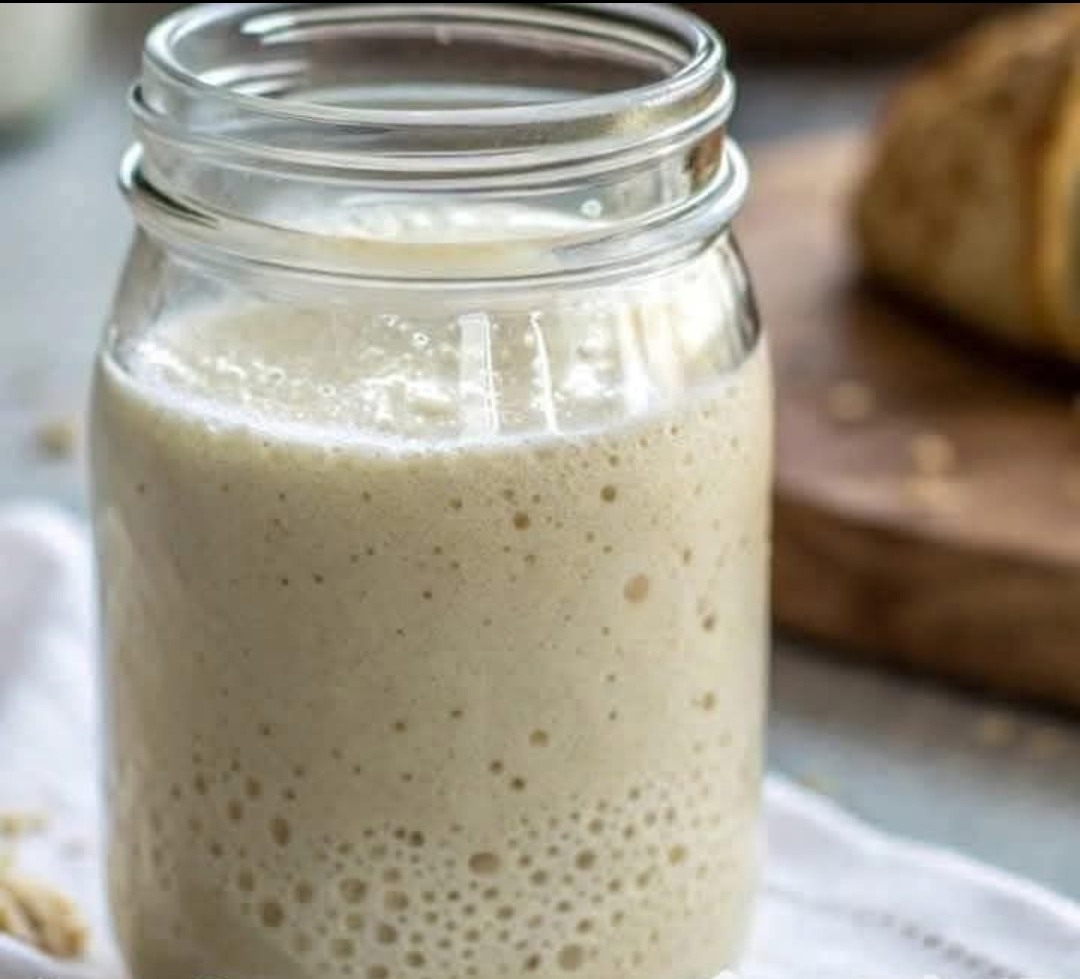Sourdough Starter: A Guide to Creating Your Own
Introduction
If you’ve ever wanted to bake authentic sourdough bread, the first step is creating your own sourdough starter. With just flour and water, you can cultivate a living culture that will become the foundation of your bread-making journey. While it takes a bit of patience and care, the process is simple and deeply satisfying. Whether you’re a seasoned baker or a beginner, this guide will help you create a thriving sourdough starter.
Origin and Cultural Significance
The sourdough starter is the heart of traditional sourdough bread, dating back thousands of years to ancient civilizations. This natural leavening agent is made by fermenting flour and water, capturing wild yeast and bacteria from the environment. The result is a living culture that gives sourdough bread its distinct tangy flavor and chewy texture. Historically, sourdough was a staple for pioneers and gold miners due to its durability and ease of preparation. Today, it remains a symbol of artisanal baking and a connection to the timeless art of bread-making.
Ingredients and Quantity
For the Starter:
- Whole wheat flour or rye flour (for the initial feed)
- All-purpose flour (for ongoing feeds)
- Filtered water (chlorine-free)
Quantity:
- Day 1: ½ cup whole wheat flour + ¼ cup water
- Daily Feedings: ½ cup all-purpose flour + ¼ cup water
Optional Additions
- Honey or sugar (1 teaspoon) to boost fermentation in the early stages.
- Grapes or raisins (a few) to introduce natural yeast.
Tips for Success
- Use a clean jar and utensils to avoid contamination.
- If your starter develops a gray liquid (hooch), stir it back in or pour it off before feeding.
- If your kitchen is cold, place the starter in a warmer spot to encourage fermentation.
- Be patient—some starters take longer to become active.
Instructions
Day 1: Create the Starter
- In a clean glass jar or container, mix ½ cup whole wheat flour (or rye flour) with ¼ cup filtered water.
- Stir until well combined, forming a thick paste.
- Cover the jar loosely with a lid or cloth and let it sit at room temperature (70–75°F or 21–24°C) for 24 hours.
Day 2: First Feeding
- Check the starter for small bubbles, which indicate fermentation.
- Discard half of the starter (about ¼ cup).
- Add ½ cup all-purpose flour and ¼ cup filtered water to the remaining starter.
- Stir until smooth, cover, and let it sit for another 24 hours.
Days 3–7: Daily Feedings
- Repeat the feeding process every 24 hours:
- Discard half of the starter.
- Add ½ cup all-purpose flour and ¼ cup filtered water.
- Stir, cover, and let it sit.
- By Day 5–7, your starter should be bubbly, have a tangy aroma, and double in size within 4–6 hours of feeding.
Maintaining Your Starter
- Once your starter is active, you can store it in the fridge and feed it once a week.
- To use, take it out of the fridge, feed it, and let it sit at room temperature for 4–6 hours before baking.
Description
A sourdough starter is a living culture of wild yeast and bacteria that naturally ferments flour and water. It’s the key to making authentic sourdough bread, giving it a tangy flavor and chewy texture. Creating your own starter is a simple yet rewarding process that connects you to the timeless art of bread-making.
Nutritional Information (Per Tablespoon – Approx.)
- Calories: 20
- Carbohydrates: 4g
- Protein: 1g
- Fat: 0g
- Fiber: 0g
- Sugar: 0g
(Values are approximate and depend on the specific ingredients used.)
Health Benefits of Sourdough:
- Easier Digestion: The fermentation process breaks down gluten, making it easier to digest.
- Nutrient Absorption: Fermentation increases the availability of nutrients like B vitamins.
- Gut Health: The natural probiotics in sourdough support a healthy gut.
Conclusion
Creating your own sourdough starter is a simple yet rewarding process that opens the door to authentic sourdough baking. With just flour and water, you can cultivate a living culture that will bring your bread to life. Whether you’re a beginner or an experienced baker, this guide will help you create a thriving starter and enjoy the timeless art of sourdough bread-making.
Recommendation
Start your sourdough journey today! Once your starter is active, try baking a classic sourdough loaf or experimenting with sourdough pancakes and muffins. The possibilities are endless!
Embracing Healthful Indulgence
Sourdough baking is not just about creating delicious bread—it’s about embracing a healthful, mindful approach to food. The natural fermentation process enhances the nutritional value of your bread, making it easier to digest and more nutrient-dense. By making your own sourdough starter, you’re not only indulging in a tasty treat but also supporting your overall health and well-being.
